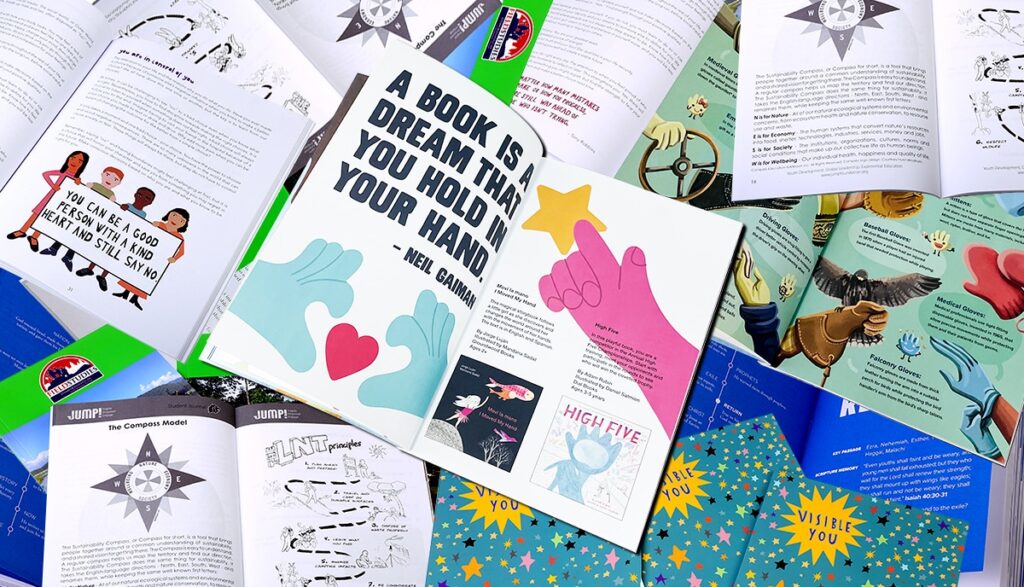Introduction
Every great book begins as an idea. Whether you’re a debut novelist or a seasoned author, one thing remains clear: success in the publishing world isn’t a matter of chance. Preparation is key. Before a single page is printed, your manuscript must be polished and tailored to fit the unique demands of professional custom book printing. Taking the time to prepare your manuscript properly will give you the freedom to focus on your readers, not on technical setbacks.
Start with a Solid Manuscript
The heart of every book is its story or content. Whether you’re creating a novel, memoir, how-to guide, or business manual, the first step toward producing a high-quality book is ensuring your manuscript is thoroughly revised. Review the structure, fine-tune the pacing, and verify all of your facts. Readers appreciate an engaging and easy-to-follow flow.
When it comes to custom book printing, the presentation of your work can make or break your success. Every detail of your manuscript—from paragraph styles to spacing between chapters—contributes to the final printed product. That’s why before you ever send your files to the printer, your words need to be clean, concise, and professionally formatted. This attention to detail pays off, especially if you want your book to stand out in an increasingly competitive marketplace.
Choosing the Right Format and Layout
Once your manuscript is finalized, it’s time to design its interior layout. Even subtle design choices impact your readers’ experience. Do you want a classic single-column style or something more modern with sidebars and bullet points? Consider the typical page size and margins for your genre too. For instance, most novels print well in a 5.5” x 8.5” format, while children’s picture books often require larger layouts.
Your chosen layout also affects typesetting. Fonts, chapter headings, spacing between sections, and other elements must align with publishing standards. Consistency across all chapters is vital, creating a comfortable reading rhythm that keeps readers engaged.
Importance of Professional Editing and Proofreading
No matter how talented you are as a writer, your manuscript benefits greatly from a fresh set of experienced eyes. Errors like typos, awkward sentence structures, and misplaced punctuation can slip past even the most careful author. Hiring a professional editor to review your text is one of the most important investments you can make before printing.
Proofreading is equally important, especially as you move closer to preparing files for your printer. Formatting issues often creep in during this stage, and having a second (or third) pass can catch these errors before they’re locked into a physical print run. It’s much easier to correct a file on your computer than to discard a costly batch of books!
Cover Design that Captures Attention
You might have heard the old saying: “Don’t judge a book by its cover,” but readers and booksellers absolutely do. An eye-catching cover design is one of the most important marketing tools you’ll ever produce. When it comes to physical books, the cover also needs to fit perfectly for custom book printing, including spine width, bleed areas, and accurate placement of text and images.
A strong cover design must reflect the mood, genre, and tone of your book. Consider bold typography, high-resolution images, and a color palette that supports your story. And don’t forget the back cover and spine—they need to contain engaging copy, an ISBN barcode, and all of the branding elements that make your book feel professional.
Paper and Print Quality Considerations
When you hold a printed book in your hands, its weight, texture, and durability all contribute to the reading experience. That’s why choosing the right paper and print quality is so important. Matte and glossy finishes, coated or uncoated paper, and the thickness (also known as “gsm”) all matter.
Think carefully about your audience and genre. A full-color photography book looks best on glossy, high-quality paper that enhances its visual impact. A literary novel, on the other hand, often suits a lighter, uncoated paper that feels warm and inviting. Custom book printing can advise you on options that suit your book’s content as well as your budget.
Selecting the Right Binding Options
Your book’s binding must balance style and practicality. Popular choices include perfect binding, case (hardcover) binding, and saddle-stitching for smaller booklets. Perfect-bound paperback is one of the most common choices for novels and nonfiction. It’s cost-effective and durable, especially for medium to long manuscripts.
Case-bound hardcover books, on the other hand, lend an air of luxury and seriousness. Many readers and collectors appreciate the premium feel of a hardcover book with a printed or dust jacket cover. If you want your book to stand out on a bookstore shelf or to last as a keepsake, this might be the ideal option.
Preparing for Digital and Physical Versions
If you plan to offer your book digitally as well as in print, it’s crucial to prepare separate files for each version. E-books require different formatting than printed editions. Interactive tables of contents, reflowable text, and optimized images must be handled carefully to prevent glitches.
Meanwhile, printed files must follow strict guidelines for margins, image resolutions (typically 300 dpi), color profiles (usually CMYK), and proper bleed areas. Even a slight mismatch can result in unsatisfactory copies. Some printers will offer preflight checks to ensure that your files meet all requirements before going to press.
Conclusion
Your words deserve to be displayed in their best light. Preparing your manuscript for custom book printing isn’t just a technical hurdle—it’s part of honoring your story. Every decision, from editing and layout to cover design and binding, shapes your readers’ experience and supports your message.
By approaching the printing process thoughtfully and carefully, you set yourself up for success. Whether you plan to print a few copies for friends or thousands for a full-scale launch, attention to these details will help you produce a beautiful, high-quality book that you can be proud of. Every hour spent preparing your manuscript pays off when you finally hold your custom book printing in your hands—and even more so when your readers discover it for themselves.

